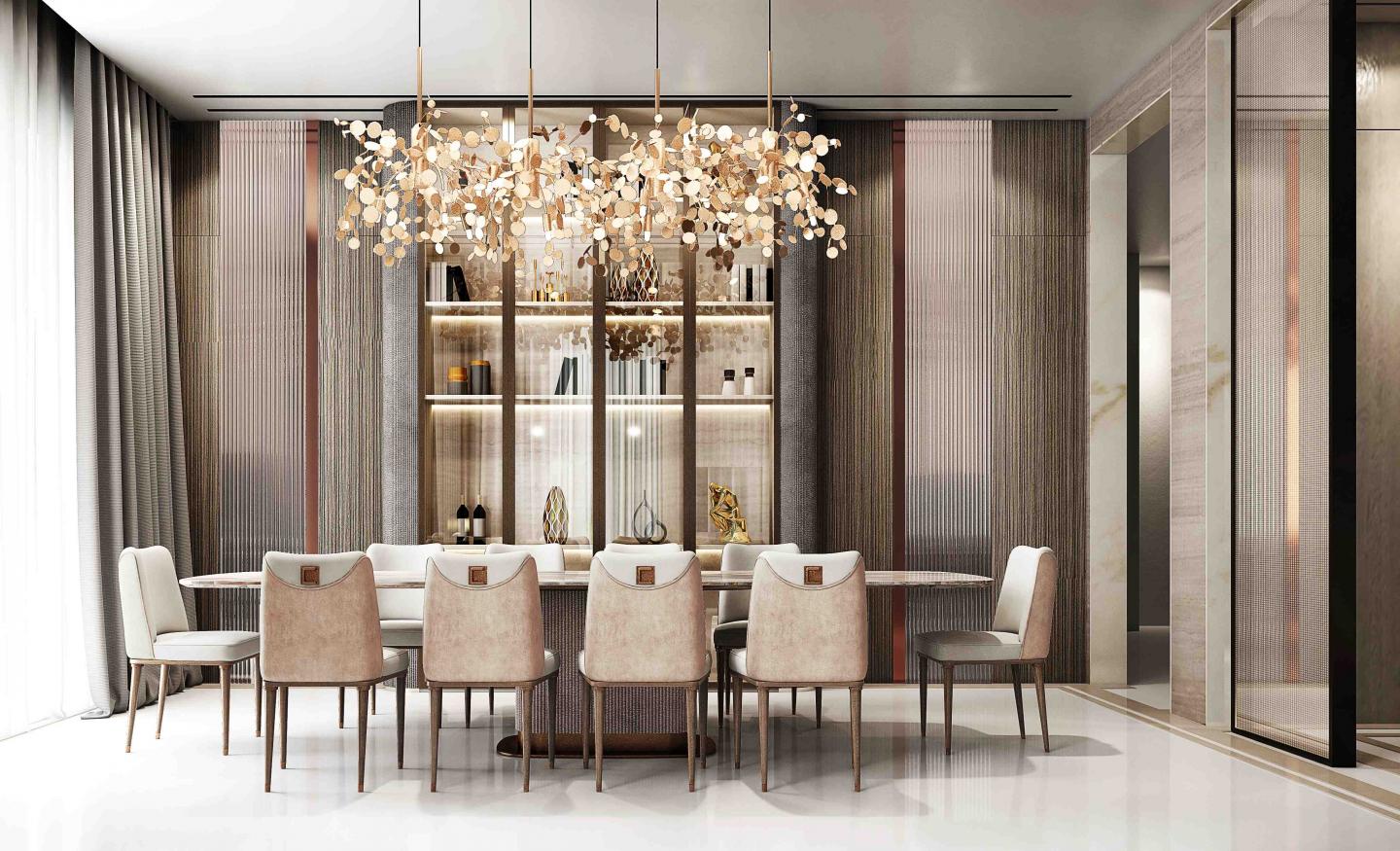In the realm of modern architecture, the shift towards sustainability is not just a trend but a profound evolution reshaping the industry. Sustainable materials are at the forefront of this transformation, offering innovative solutions that align aesthetic appeal with environmental stewardship. These materials, ranging from reclaimed wood and recycled metals to advanced bio-based composites, are redefining architectural possibilities by reducing ecological footprints while enhancing building performance.
Reclaimed wood, for instance, brings a unique character to contemporary designs, embodying a narrative of history and conservation. Its use not only mitigates deforestation but also adds a distinct patina and warmth to spaces. Similarly, recycled metals, sourced from decommissioned structures and industrial by-products, offer durability and a low-impact alternative to virgin materials, while also contributing to a circular economy.
Advanced bio-based composites, derived from natural fibers and polymers, represent a cutting-edge leap in sustainable architecture. These materials not only offer high performance in terms of strength and insulation but also ensure that buildings are less reliant on fossil fuels and synthetic substances. By incorporating such materials, architects are not only achieving lower carbon footprints but also promoting a more harmonious relationship between human-made environments and the natural world.
Moreover, sustainable materials often come with improved energy efficiency. For example, green roofs and living walls made from recycled or sustainably sourced materials provide natural insulation, reduce urban heat islands, and support biodiversity. These features contribute to a building's overall efficiency, lowering energy consumption and operational costs while enhancing its environmental credentials.
The integration of sustainable materials into modern architecture is a testament to the industry’s commitment to innovation and responsibility. By embracing these materials, architects and designers are not merely meeting regulatory requirements but are actively contributing to a more sustainable and resilient future. This approach not only advances architectural excellence but also sets a precedent for how buildings can coexist harmoniously with their environments, offering a blueprint for future developments.
As the architectural landscape continues to evolve, the use of sustainable materials will undoubtedly play a pivotal role in shaping the built environment, ensuring that aesthetics and functionality go hand in hand with environmental respect and sustainability.
Caption: Sustainability is reshaping architecture with a focus on eco-friendly materials and practices. At Studio B Architects, we explore how sustainable materials not only contribute to environmental preservation but also enhance aesthetic and functional aspects of design. Discover how incorporating these materials can create beautiful, responsible architecture that meets today’s environmental challenges.
2024
In the realm of modern architecture, the shift towards sustainability is not just a trend but a profound evolution reshaping the industry. Sustainable materials are at the forefront of this transformation, offering innovative solutions that align aesthetic appeal with environmental stewardship. These materials, ranging from reclaimed wood and recycled metals to advanced bio-based composites, are redefining architectural possibilities by reducing ecological footprints while enhancing building performance.
Reclaimed wood, for instance, brings a unique character to contemporary designs, embodying a narrative of history and conservation. Its use not only mitigates deforestation but also adds a distinct patina and warmth to spaces. Similarly, recycled metals, sourced from decommissioned structures and industrial by-products, offer durability and a low-impact alternative to virgin materials, while also contributing to a circular economy.
Advanced bio-based composites, derived from natural fibers and polymers, represent a cutting-edge leap in sustainable architecture. These materials not only offer high performance in terms of strength and insulation but also ensure that buildings are less reliant on fossil fuels and synthetic substances. By incorporating such materials, architects are not only achieving lower carbon footprints but also promoting a more harmonious relationship between human-made environments and the natural world.
Moreover, sustainable materials often come with improved energy efficiency. For example, green roofs and living walls made from recycled or sustainably sourced materials provide natural insulation, reduce urban heat islands, and support biodiversity. These features contribute to a building's overall efficiency, lowering energy consumption and operational costs while enhancing its environmental credentials.
The integration of sustainable materials into modern architecture is a testament to the industry’s commitment to innovation and responsibility. By embracing these materials, architects and designers are not merely meeting regulatory requirements but are actively contributing to a more sustainable and resilient future. This approach not only advances architectural excellence but also sets a precedent for how buildings can coexist harmoniously with their environments, offering a blueprint for future developments.
As the architectural landscape continues to evolve, the use of sustainable materials will undoubtedly play a pivotal role in shaping the built environment, ensuring that aesthetics and functionality go hand in hand with environmental respect and sustainability.
Caption: Sustainability is reshaping architecture with a focus on eco-friendly materials and practices. At Studio B Architects, we explore how sustainable materials not only contribute to environmental preservation but also enhance aesthetic and functional aspects of design. Discover how incorporating these materials can create beautiful, responsible architecture that meets today’s environmental challenges.
Jaideep Thareja





